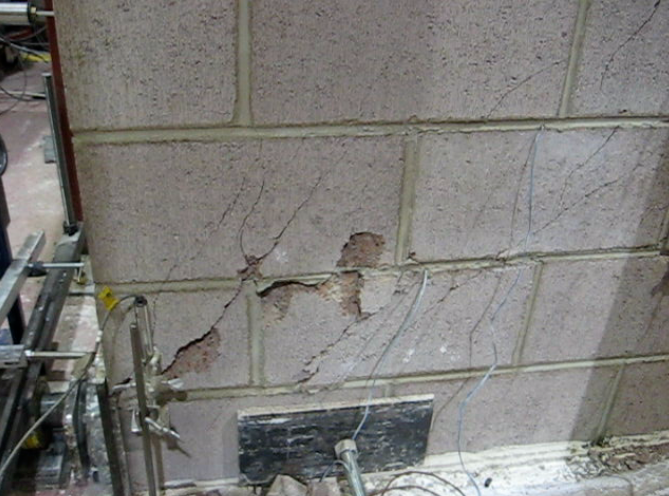1 PhD Candidate, University of Calgary, Civil Engineering Department. afoan@ucalgary.ca
2 PhD, Professor, University of Calgary, Civil Engineering Department. ngshrive@ucalgary.ca
ABSTRACT
The ductility of masonry walls has been the subject of debate for many years due to the variation in methods used to evaluate ductility. An experimental program was therefore undertaken to study the effect of reinforcement on the ductility of partially grouted concrete masonry. Fifteen partially grouted concrete block walls (1.6 m long by 1.4 m high) were tested under in-plane vertical and lateral loading to examine the effect different reinforcement configurations on the ductility of the masonry. The vertical loading provided an average stress of 3 MPa (based on the net surface area). Three replicates of each of five variations of steel reinforcement were tested to allow the use of statistical analysis. The results were evaluated statistically using ANOVA (ANalysis Of VAriance) and T-tests. The definition of ductility used in the analysis of the results will be described together with an assessment of using each method of reinforcement. It was found that the vertical reinforcement in the grouted cores and the combination of vertical reinforcement together with bed-joint reinforcement provided statistically significantly improved ductility compared to plain partially grouted masonry, whereas the other two configurations (bed joint reinforcement alone) did not.
KEYWORDS: ductility, masonry walls, statistical analysis
131.pdf



